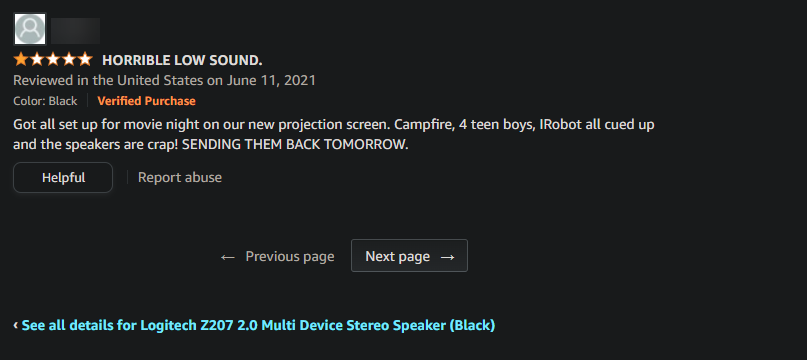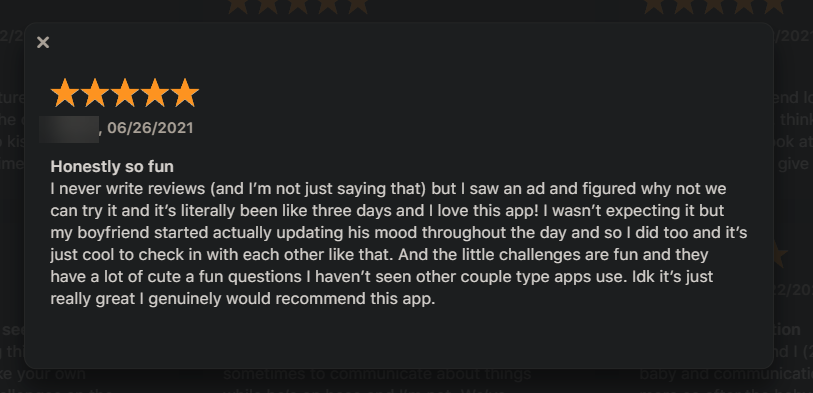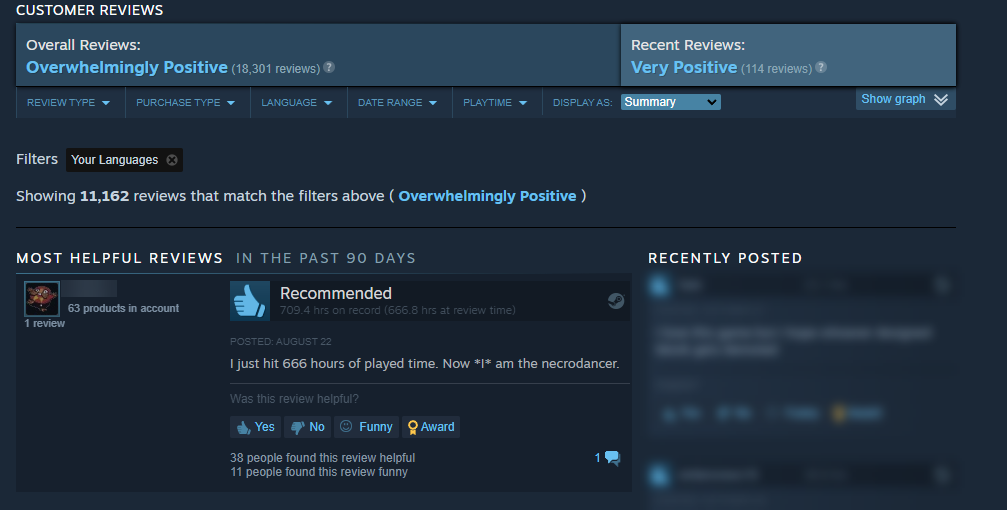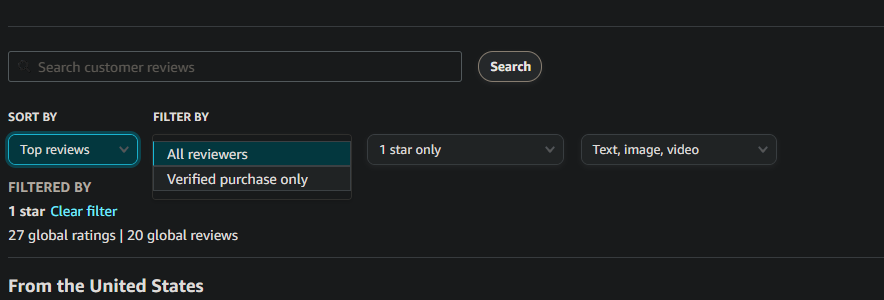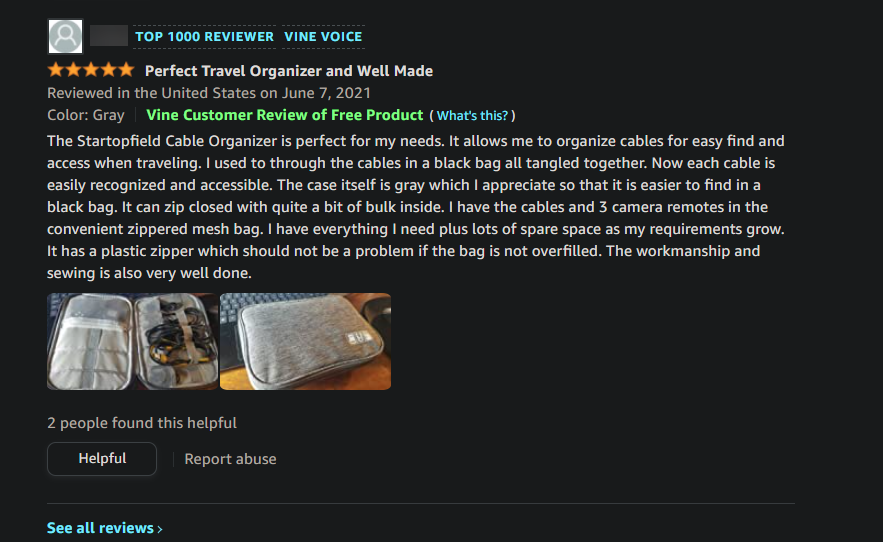The prevalence of user reviews is an internet phenomenon. Before the modern web, testimonials were the only way to hear what "regular people" thought of a product. Now, anyone can weigh in on software, products, and services.
However, not all reviews are genuine. Fake online reviews are more common than you'd think, and can mislead you into buying a product you otherwise wouldn't. Let's look at some of the common red flags of fake reviews so you can avoid being deceived.
1. Extreme Negative or Positive Emotion
A review that's 100% positive or negative is a sign that the reviewer's intentions weren't genuine.
An overwhelmingly positive review signals that the person has blind loyalty to the brand, or that they've been paid or otherwise benefitted from the review. In a normal review, people will usually list some negatives, even if their overall view is positive. Saying that it's "amazing" with zero reasons why is not helpful.
Similarly, a completely negative review doesn't offer you much help either. People flaming a product could be trying to damage the company's reputation because they had a bad experience with it. Someone who genuinely wants to provide a one-star review will focus on the specific issues they had with it instead of writing overarching angry comments.
2. Personal Stories and Details
Reviews that have clichés like "This product changed my life!" are often fake. Most people don't feel that strongly about random products online, so fakers might feel the need to ham up their review when it's not genuine.
A similar issue comes from reviews in story form, such as "I was feeling down after my dog died, then I happened to find this product and can't believe how amazing it is!" Telling personal stories tugs at your emotions, making you more likely to buy something than you otherwise would be. Good reviews don't focus on the reviewer; they are about the product.
Another common review trend, especially for mobile apps, is "I never write reviews, but..." This isn't necessarily a sign of a fake review, but treat such examples with a bit of suspicion. It could be a sign that something other than genuine interest prompted the author to write the review.
3. Excellent or Poor Grammar
A genuine review will read like it's written by an average person. It might have a few minor grammatical errors, but it should be clear without sounding overly formal. A possible sign of fake reviews is when the quality of writing is on either extreme.
A perfectly polished review is a sign that someone was paid to make the product sound as great as possible. Look out for bland statements that sound like they came from the product description or a press release, such as "This software perfectly integrates with the app ecosystem that my workflow demands."
Similarly, a review that's barely legible can be a sign that it's not legitimate. A lot of companies pay people, usually in developing countries where English is not the primary language, to write positive reviews for their products. These outsourced reviews serve to inflate the product's rating.
4. Excessive Humor
Lots of people treat reviews as a place to test their comedic skills. Sometimes, humorous reviews can be welcome on silly product listings, like the notorious sugar-free Haribo gummy bears. But many times, humor and sarcasm can make it difficult to tell whether a review is genuinely being funny or just writing a bogus review to get a laugh.
This is exacerbated by some online stores like Steam, which have a "Funny" button under the Was this review helpful? section. A common Steam review trope is simply writing "It's OK," contrasting with the high amount of playtime the reviewer has. This doesn't tell you anything about whether you should buy the game, so it's useless as a review.
As a general rule, ignore reviews that don't actually discuss the product. More helpful reviews won't wander off into tangents like these.
5. A Focus on Irrelevant Details
Some of the points we've discussed help you spot reviews that are completely faked, but those aren't the only useless types of reviews you need to weed out. There are also reviews that aren't relevant because they don't address the key question: whether the item is worth buying.
A common form of this is reviews that complain about slow shipping times, damaged boxes, or other tangential details. While it's frustrating to have an item damaged during shipping, that doesn't affect the quality of the actual product.
Ignore reviews that say "The product is worth five stars, but I gave one star due to the packaging being bent" or similar.
6. The Reviewer Didn't Actually Purchase the Product
Many sites, including Amazon, show you if the reviewer actually bought the item they're reviewing. If the person didn't purchase the product, you shouldn't trust what they have to say about it.
Like point #1 above, they could be simply slandering the product because they dislike the company. If you're able, always filter by people who actually own the item. But be aware that just because this tag appears doesn't mean the review is trustworthy (see below).
The only possible exception is people who bought an item somewhere else, then reviewed it on Amazon to let people know of problems with it. But this is rare, as most people wouldn't take the time to do so.
If someone seems suspicious, click their profile to see the other reviews they've left. Look for patterns that don't make sense, such as reviewing expensive items of the same type (like several TVs) in a short timespan.
7. Mention of a Free Product
It's a common practice for companies to offer a free product in exchange for a review. And while they don't always state that you need to leave a positive review, people who participate in schemes like this probably fear that they won't get another invite for a free product if they leave a negative review.
Many sites don't allow these free product reviews anymore, but that doesn't mean they never happen. If you see someone mention that they left the review in exchange for a free item, or if they tend to only leave reviews for companies that are known to offer such trades, treat what they say with suspicion.
Even if the person tried to leave an objective review, getting something for free changes your opinion compared to something where you spent your own money.
8. Website-Controlled Reviews
Finally, you should also look out for reviews that aren't real user reviews at all. This isn't a problem on sites like Amazon and eBay; it's more common on first-party sites for software and products. In these cases, you'll see a lot of curated high reviews singing the praises of a product, but there are rarely any negative reviews to balance those out.
If the site curates the reviews you see in order to make itself look better, don't trust those reviews.
Online Reviews Aren't as Useful as They Appear
While reviews can let you see what real people think of a product, not all of them are trustworthy. Keep the above points in mind when looking over reviews to reduce the chance of a fake review influencing your decision.
There are ways to combat fake reviews, too. If the site lets you report suspicious reviews, do so. Be sure to compare multiple reviews, including professional ones, to get an aggregate opinion. And consider writing your own reviews that will be useful to others in the future.


